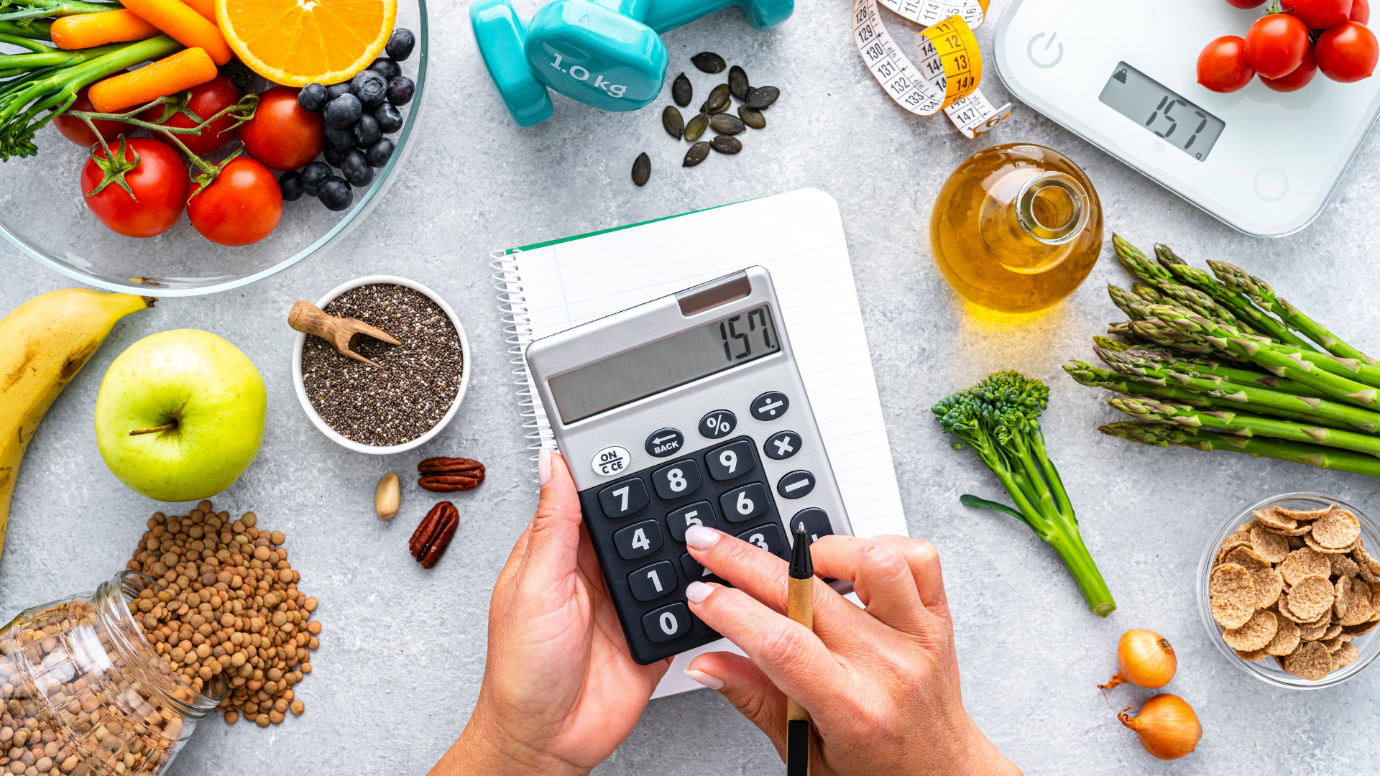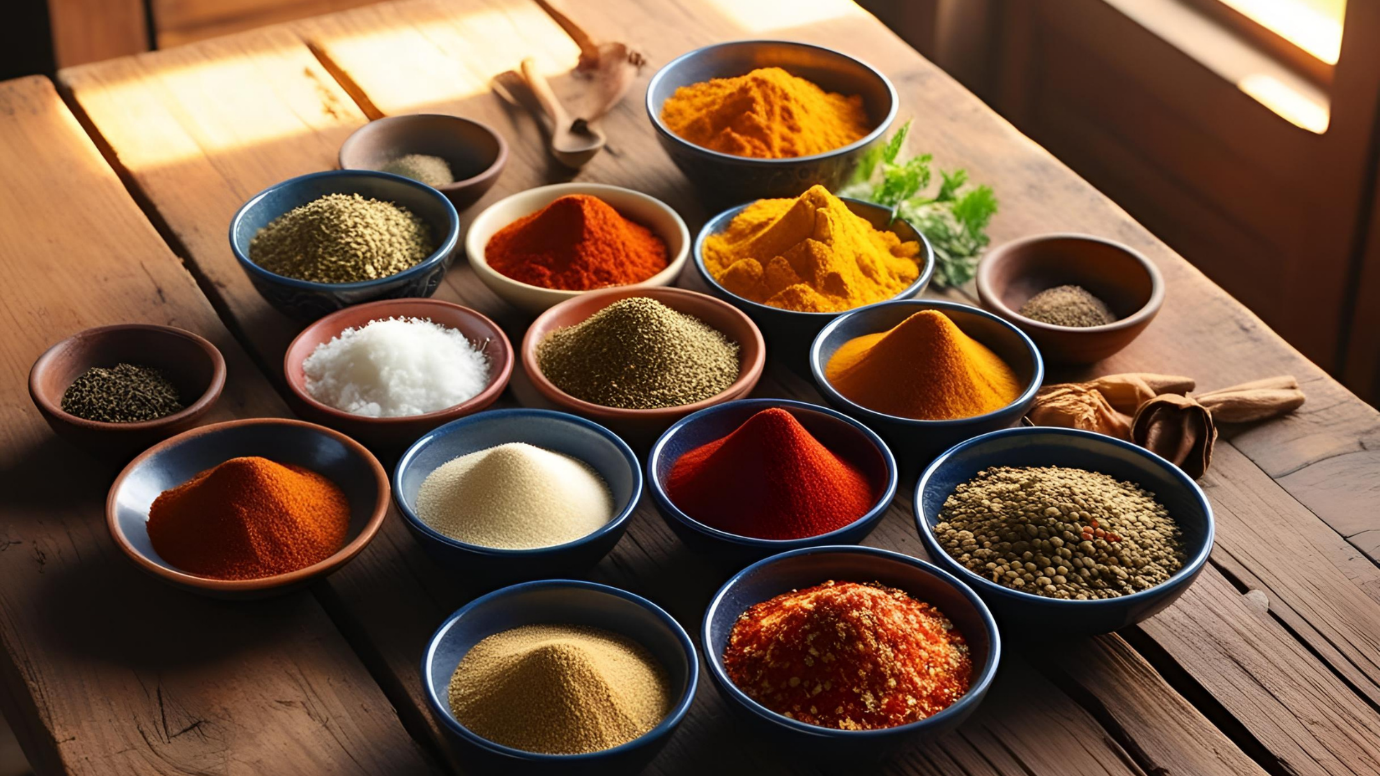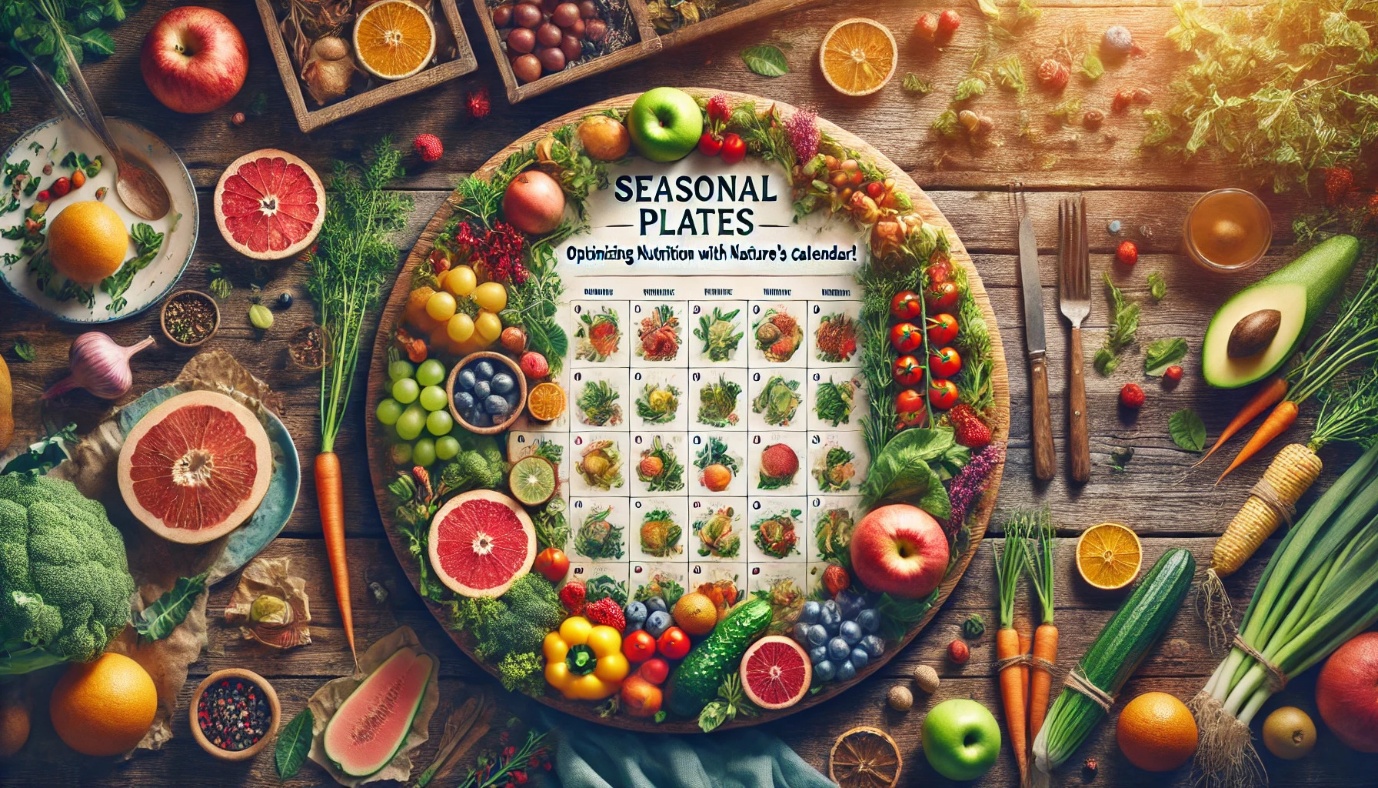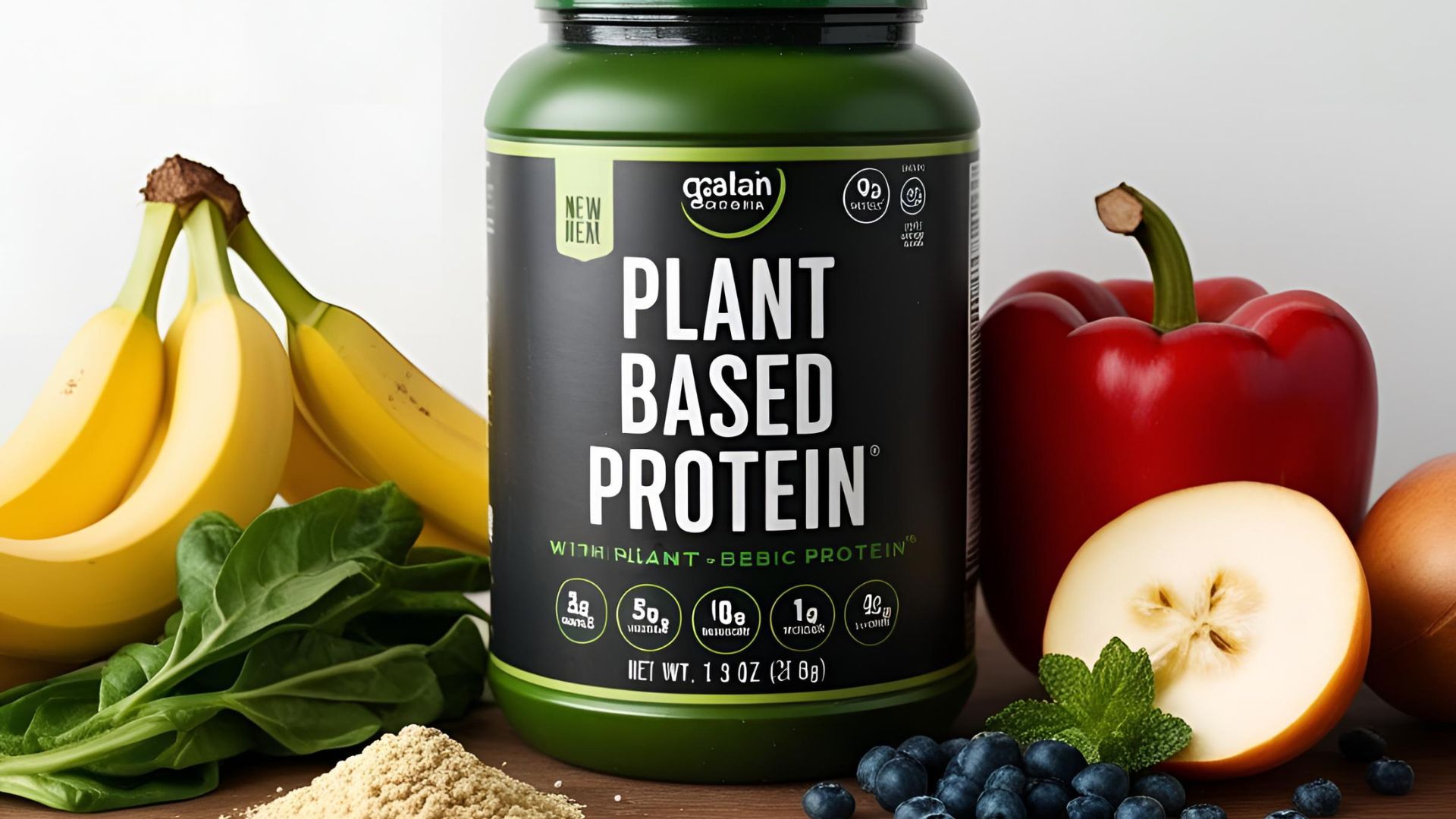Do you find it disheartening when attempting to maintain a healthy diet?
If losing weight is your goal, knowing how many calories you eat can make a real difference– and it has never been simpler thanks to nutritional information on labels, various apps and online trackers.
But what about foods without labels, takeaways or meals at a restaurant? Don’t worry: our easy six-step guide will help you accurately estimate the calorie content of anything you eat!
Calculating Calories in Packaged Foods
Let’s learn how to calculate calories in packaged foods!
Step 1: Find out the nutrition label
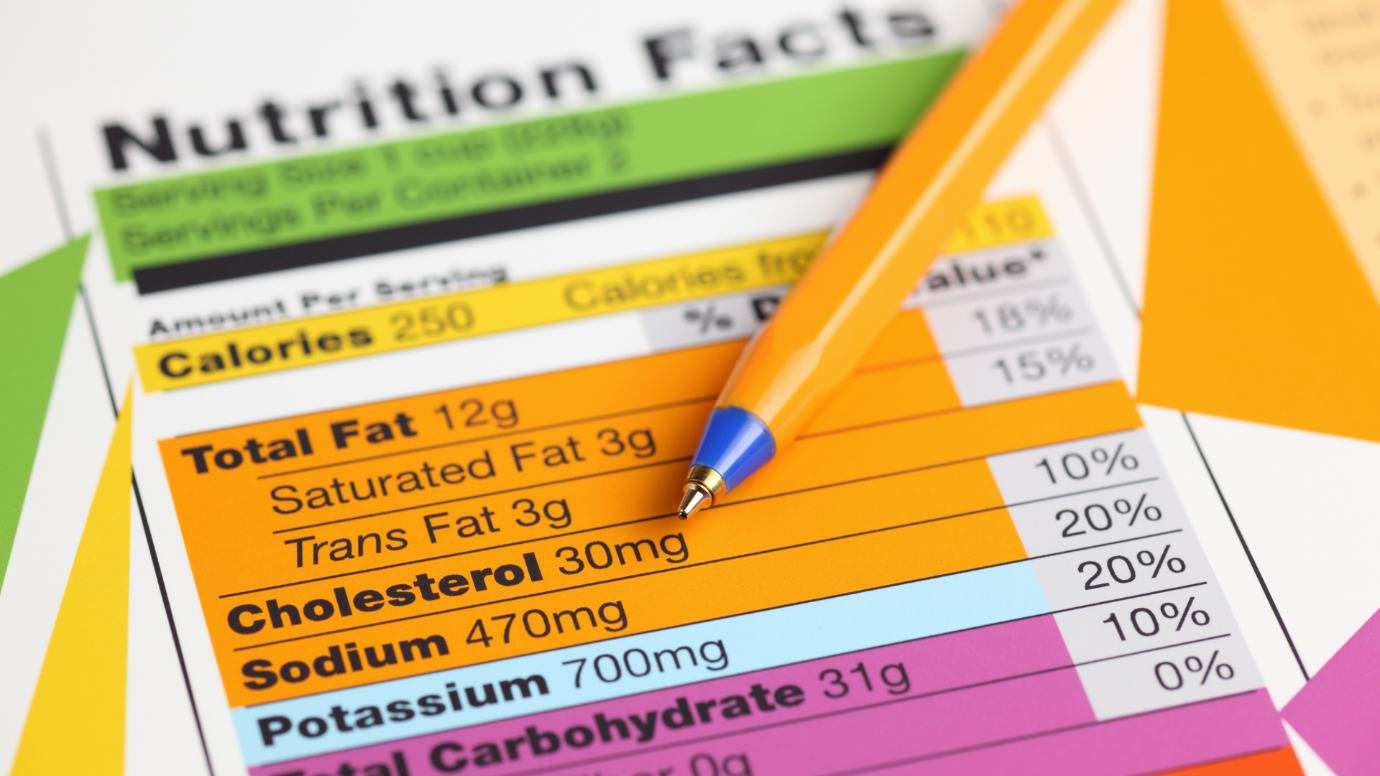
Have you ever considered the nutritional content of the packaged foods you consume?
Because of certain food rules in lots of places, food labels must now include this information. You’ll usually see a chart called “nutrition facts” on the back or side of the packaged food item.
Step 2: Note down carbohydrate, protein and fat content
To find out how healthy a food is, look at three things on the label: protein, carbs and fat. These make up most of what we eat, and they also provide us with the calories (energy)- though not if it’s an alcoholic drink!
Manufacturers list values for all three macronutrients per serving size; this tells you their contribution towards total caloric content.
Step 3: Calculate caloric equivalent
Let’s start calculating the calories in our packaged foods. It’s easy: protein gives 4 calories per gram, as do carbohydrates; fat provides 9!
Just multiply these figures with how many grams there are and boom— you’ve got yourself a breakdown. For example, if a packaged food item contains:
| Nutrients | Grams (g) | Caloric Equivalent | Total Caloric Value |
| Carbohydrates | 20 | 4 | 80 |
| Proteins | 10 | 4 | 40 |
| Fats | 15 | 9 | 135 |
Step 4: Total the calories
After finding the calorie content of each macronutrient, just add them up to get the total calories per serving.
In the example above, total calories per serving = 80 + 40 + 135 = 255 kcal.
Step 5: Multiply by serving size
Take into account that the nutritional data in food packages is for one serving. The numbers could become very high if you take more than one serving just like many individuals do.
Dieters, especially those monitoring their calorie intake, should take note.
One serving of the food in our example has 255 calories. Therefore, consuming three servings equals to 255 x 3 = 765 kcal.
Calories and Daily Values (DV)
Have you checked out the nutrition facts on your food packaging? In addition to telling you how many calories something has, those numbers also give the percent daily value for each type of nutrients.
Here are the daily intake quantity (in g) for carbohydrates, proteins and fats, for a 2000 calorie meal plan:
| Nutrients | Grams (g) | % Daily Value (DV) |
| Carbohydrates | 225-325 | 46-65 |
| Proteins | 50-70 | 10-35 |
| Fats | 44-78 | 20-25 |
Calculating Calories for Homemade Foods
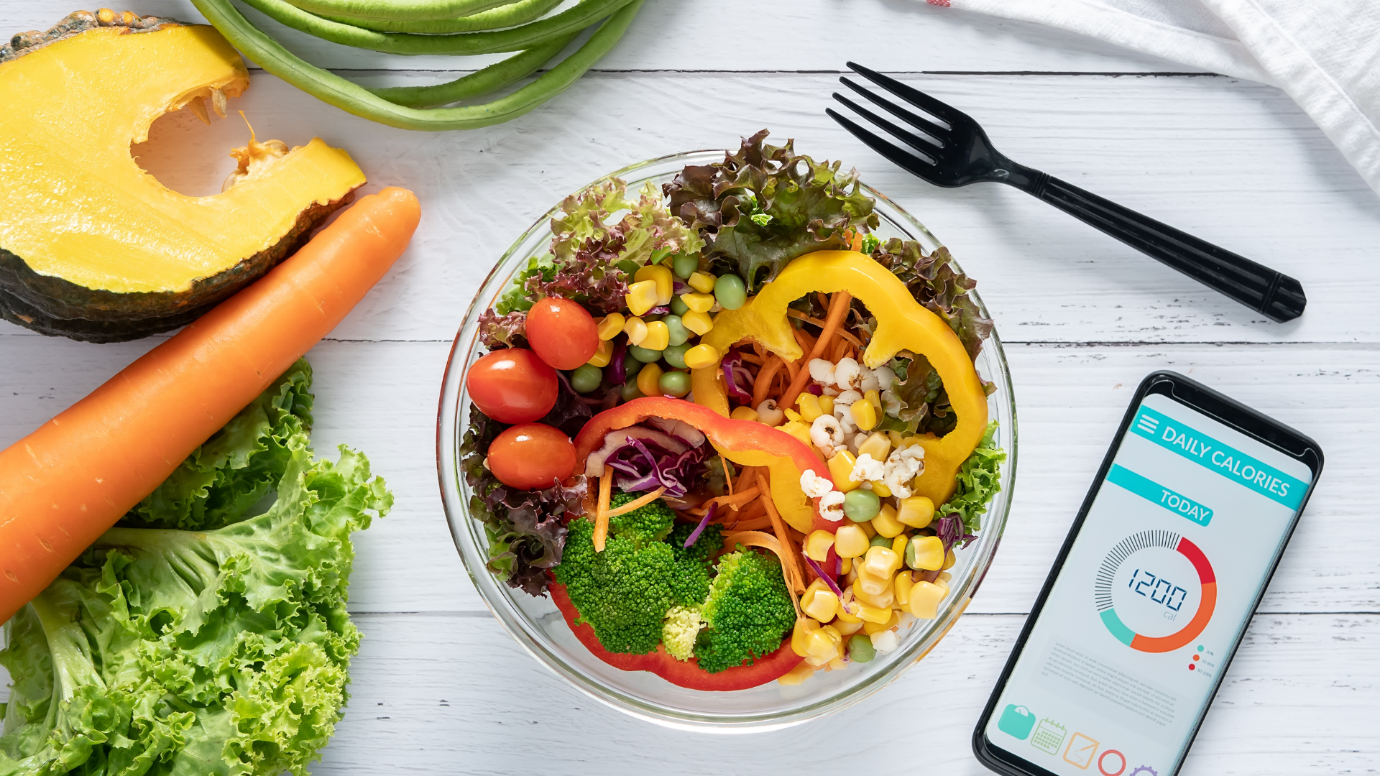
Now that we know how to calculate the calorific content of packaged foods, let’s get to homemade foods!
For dishes with only one ingredient
It is important to calculate the number of calories in home-cooked meals if you want to stay healthy.
Although this might sound difficult, working out the calories in single-ingredient dishes is pretty straightforward. To do this, take advantage of websites that provide calorie counts– such as Fat Secret or MyFitnessPal.
Just type in the name of your ingredient along with how you cooked it and your portion size; the calculator will do all the math for you!
For recipes
Calculating calories for dishes with many ingredients is harder, but don’t fret! Just follow these steps:
- Write down all the food ingredients in your recipe and their respective quantity
- Look up how many calories are in them online (use Fat Secret or MyFitnessPal)- you may need to adjust amounts if they weren’t listed per serving.
Add together adjusted numbers; divide by servings for per-serving counts. This way there won’t be any guesswork when it comes to keeping an accurate account of homemade-meal consumption!
For a homecooked meal
Many of us love having a yummy home-cooked meal, normally consisting of 3-4 dishes. It can be hard to know how many calories we are consuming altogether!
But don’t worry– by being a bit more organized it is possible to work out the total calorie content.
The trick is to write a list of all the ingredients used in the meal and their individual calorie content. For ex:
| Dish | Total Calories | Calories/Serving | No. of Servings |
| Roasted Chicken | 210 | 105 | 1 |
| Sweet Potatoes | 276 | 92 | 2 |
| Salad | 410 | 136 | 1 |
| Cornbread | 152 | 76 | 1 |
Once you have this information ready, you can add it up accurately to find out your daily intake. So, in this case,
Total caloric intake = 105 + (92 x 2) + 136 + 76 = 501 kcal
This will help you keep an eye on things and stay in control of the nutritional value of every homemade meal!
What are Some High Calorie Foods?
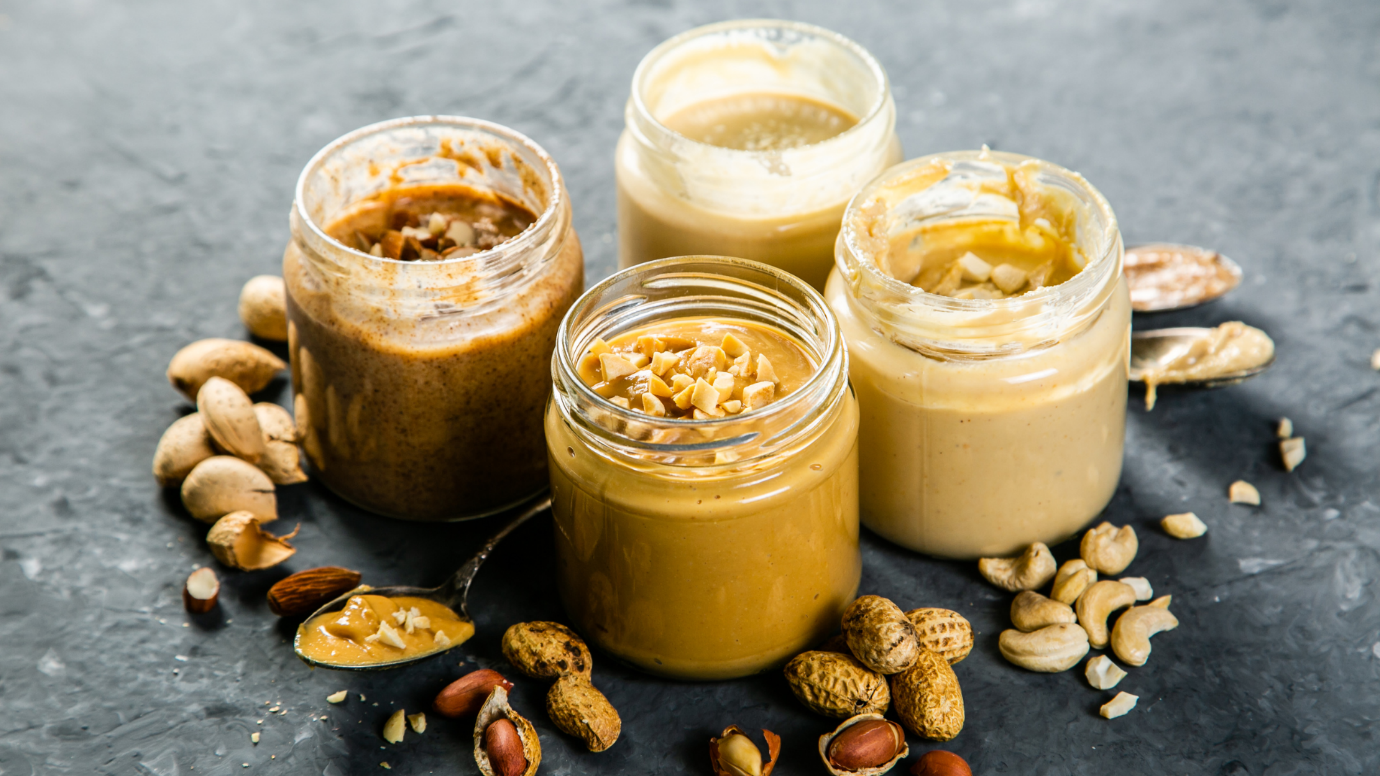
Many people associate monitoring calorie consumption with reducing food intake. Yet some items are calorie-rich and provide valuable nutrients for those who need to gain weight or up their daily total.
Examples of such foods include:
- Avocado
- Nuts and seeds, particularly when ground into spreads (‘nut butters’)
- Whole milk products
- Raisins
- Protein powders such as whey protein
- Fatty meat, etc.
Although it is important not to overeat these edibles, they deliver a potent mix of sustenance and energy.
The Bottom Line
Use this information to make dietary decisions that help you meet health-related targets– minus any feelings of being hemmed in or daunted.
It’s not only a case of looking at numbers on packaging: understanding more about what makes up those calories, plus how they affect your body, is also vital.
Why not give these suggestions a go and start seeing results for yourself? Here’s to healthy living– which is also enjoyable!

